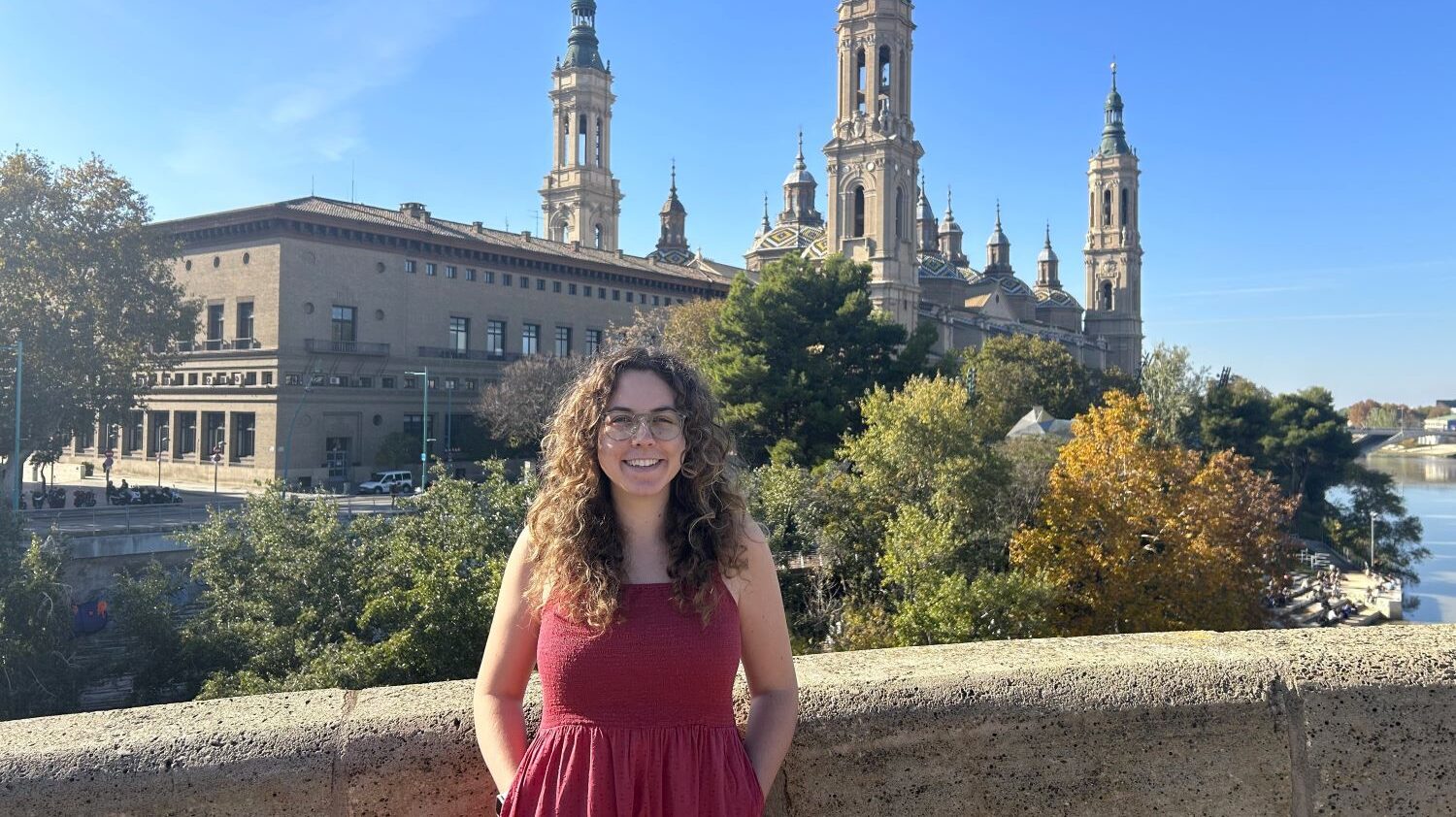Yellowstone National Park is Home and Office for Psychology Alum

Larry Glickman has nosy neighbors, but he’s OK with that.
“We have bison and elk literally coming up to our windows,” he says. “The windows are steaming up because they are breathing on them.”
Wildlife at the window is just one perk of living and working in Yellowstone National Park in Wyoming. Glickman, 47, who graduated from NC State in 1990 with a degree in psychology, can also see the travertine terraces of Mammoth Hot Springs from his back window. A park ranger, Glickman handles camping reservations and back-country permits from May to September. In the off-season, he monitors commercial filming in the park and is a stay-at-home dad to 3- and 6-year-old sons.
“Instead of watching for traffic, it’s watch for bison,” he says about his boys, who not only enjoy the animals and the world’s largest concentration of geothermal features in their backyard, but also a big hill across the street. “We spend a lot of the winter just sledding.”
Glickman moved his family to Yellowstone in May 2014 after eight years at Grand Staircase-Escalante National Monument in Utah. “My wife and I do a five-year plan, then we go someplace else,” he says. “The beauty of the Park Service or Forest Service is the opportunity to learn new ecosystems, new geology, new areas.”
Glickman’s path to the Park Service has taken him to many new places. A Massachusetts native, he chose NC State in part to pursue a passion: competitive target shooting. He competed for the Wolfpack from 1986 to 1989, and was the rifle team’s Most Valuable Player one season. (“I don’t remember which,” he says, “But I’ve got the plaque.”)
From State, he headed to the University of Arizona for a graduate degree in sport psychology.
“But as I was going to graduate school, I became a little disillusioned with college and professional athletics,” he says. “Tucson is such an outdoor kind of town. I started doing more hiking and backpacking … so my interests started to change.”
He eventually became a hiking guide and, after he married a wildlife biologist, the newlyweds moved to Ajo, Arizona, where Glickman would spend three years with the International Sonoran Desert Alliance. The couple’s next stop: Madagascar, for 25 months as Peace Corps volunteers.
“What we were supposed to be doing was ecotourism and environmental education; what we wound up doing was teaching English, because that’s what our village wanted,” he says.
“I can’t wait,” he says. As a park ranger, Glickman continues to teach. In June, he will lead a five-day course in outdoor ethics. Among other things, that means leaving wilderness areas looking as good or better as you find them when you arrive. The course will include a three-day trip into the back-country to put the ethical principles into practice.
But it’s not only visitors to Yellowstone’s back-country who need educating, Glickman says. Many tourists need to be reminded not to feed or approach wildlife.
“What we’re seeing a lot mostly comes down to safety — people stopping in the middle of the road because there’s bison or elk or bears, opening the door and getting out and walking around,” Glickman says. “Next thing you know, there’s 50 cars backed up. If there’s a bear in the area, we call them bear jams.”
Even when traffic isn’t backed up for bears or bison, road congestion and crowding are perennial issues at the park, he says. Yellowstone, which opened in 1872, remains among the most popular national parks, with a record 4 million visitors last year.
“It’s just too many people,” Glickman says, noting that a study is underway to determine Yellowstone’s capacity and how to handle its enduring popularity. “We’ll see what happens with that — more parking or limit the number of visitors, or whatever they decide to do.”
—Carole Tanzer Miller
- Categories:


